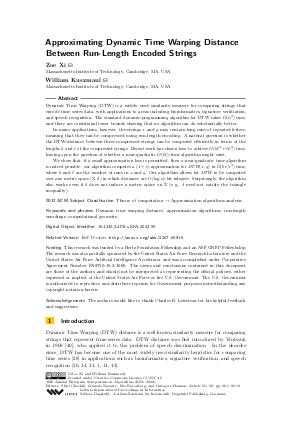LIPIcs.ESA.2022.90.pdf
- Filesize: 0.72 MB
- 19 pages

 Creative Commons Attribution 4.0 International license
Creative Commons Attribution 4.0 International license

































Feedback for Dagstuhl Publishing